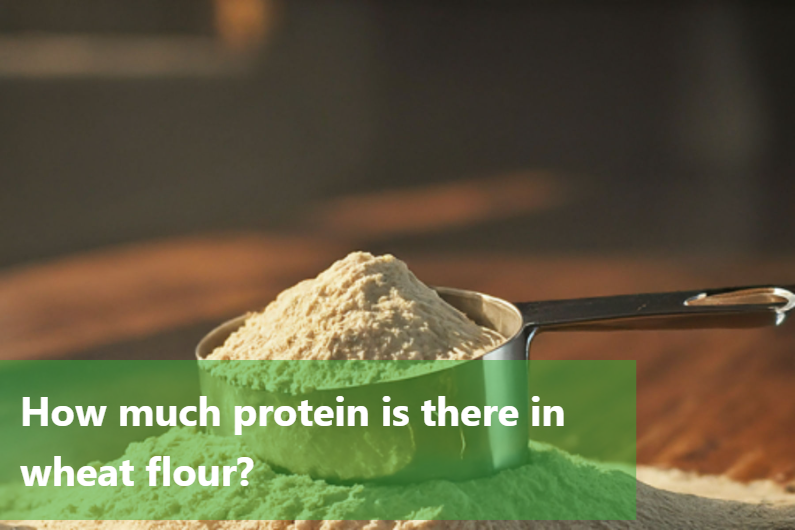
How much protein is there in Wheat flour?
Protein is an important nutrient in the diet. Wheat flour, which is commonly used in many dishes, is high in protein, making it an excellent source for our daily protein requirements. The protein in wheat flour promotes body growth and health maintenance. Furthermore, it promotes a healthy immune system.
Understanding the nutritional content of wheat flour helps you make better decisions for a healthier lifestyle. Incorporating wheat flour into meals not only improves their filling and texture, but it also provides a vital protein source required for good health.

Nutritional Content of Wheat Flour
Nutrient |
Amount per 100g |
|---|---|
Calories |
364 kcal |
Total Fat |
1.9 g |
Saturated Fat |
0.3 g |
Trans Fat |
0 g |
Cholesterol |
0 mg |
Sodium |
2 mg |
Total Carbohydrates |
76 g |
Dietary Fiber |
2.7 g |
Sugars |
0.4 g |
Protein |
10.3 g |
Vitamin B1 (Thiamine) |
0.4 mg (33% DV) |
Vitamin B2 (Riboflavin) |
0.1 mg (9% DV) |
Vitamin B3 (Niacin) |
5.5 mg (34% DV) |
Vitamin B9 (Folate) |
28 mcg (7% DV) |
Iron |
3.9 mg (22% DV) |
Calcium |
15 mg (1% DV) |
Potassium |
115 mg (2% DV) |
Magnesium |
34 mg (9% DV) |
Protein Quality in Wheat Flour
Wheat flour serves as a valuable protein source, playing a crucial role in the body. The two primary proteins in wheat flour, glutenin, and gliadin, combine to form gluten, imparting dough with its characteristic stretchiness during baking. The protein quality in wheat flour is contingent on the types of amino acids it contains, which significantly influences its benefits for human health.
The protein quality of wheat flour may vary based on the type of wheat utilized and the processing methods. For instance, whole wheat flour generally contains better protein due to the inclusion of the germ and bran, rich in essential amino acids.
In essence, wheat flour encompasses important proteins like glutenin and gliadin, rendering it an essential protein source. The essential amino acids present in wheat flour contribute to the optimal functioning and health of the body.
Factors Affecting Protein Content in Wheat Flour
Wheat Variety: Different varieties of wheat have varying protein content. Hard wheat varieties typically have higher protein content compared to soft wheat.
Growing Conditions: Soil quality, climate, and agricultural practices can influence the protein content of wheat grains. Adequate nitrogen and water availability during growth tend to increase protein levels.
Harvesting Time: The stage at which wheat is harvested can impact its protein content. Wheat harvested at earlier stages of maturity tends to have lower protein content compared to fully mature wheat.
Processing: The milling and processing methods used to produce wheat flour can affect its protein content. Different parts of the wheat grain (endosperm, germ, bran) have varying protein concentrations, and the degree of refinement can alter the final protein content in the flour.
Protein Fortification: Some wheat flours are fortified with additional protein to enhance their nutritional value, which can increase the overall protein content.
Storage Conditions: Improper storage conditions, such as exposure to moisture or pests, can lead to degradation of proteins in wheat flour over time.

Wheat Flour: Unveiling Its Protein Content
The protein content in wheat flour varies depending on several factors such as wheat variety, growing conditions, harvesting time, processing methods, fortification, and storage conditions. Typically, wheat flour contains around 10-13% protein by weight, with variations based on the type of wheat and how it is cultivated and processed.
Understanding these factors helps to appreciate the nutritional profile of wheat flour and its role in providing essential proteins in diets worldwide. Whether used in baking, cooking, or as a staple ingredient, wheat flour remains a valuable source of protein and other nutrients essential for a balanced diet.
FAQs
-
What is the protein content in Wheat Flour?
Wheat flour typically contains around 10-15% protein, depending on the brand and type of wheat used.
-
Is Wheat Flour a good source of protein?
While wheat flour does contain some protein, it is not considered a high-protein food compared to sources like meat, dairy, or legumes.
-
How can I increase the protein content of my recipes using Wheat Flour?
You can boost the protein content by combining wheat flour with higher protein flours like chickpea flour or by adding protein-rich ingredients such as nuts, seeds, or protein powder.
-
Are there different types of Wheat Flour with varying protein levels?
Yes, whole wheat flour tends to have a higher protein content than refined white flour due to the inclusion of the wheat germ and bran, which are rich in nutrients, including protein.
-
What are some protein-rich alternatives to Wheat Flour for those looking to increase their protein intake?
Consider using almond flour, quinoa flour, or soy flour as alternatives to wheat flour, as they are higher in protein and can help supplement your protein intake.
This Blog post is an initiative by Lo! Foods, to provide accurate and Nutritionist / Doctor approved information related to Health. Lo! Foods is India's leading brand for Everyday Functional Foods. Foods designed for specific Health conditions or Needs. Lo! Foods also runs India's largest range of Low Carb Healthy Cloud Kitchens, under the brand names of Lo!, ProteinChef, ATH (All Things Healthy) and DiabeSmart.




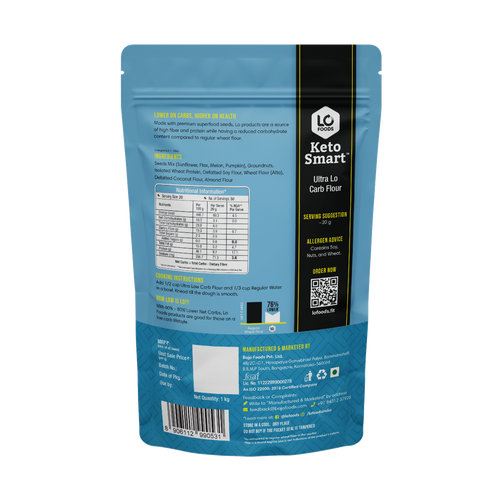
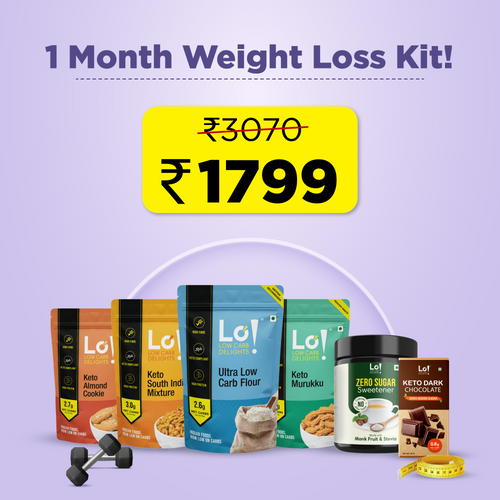



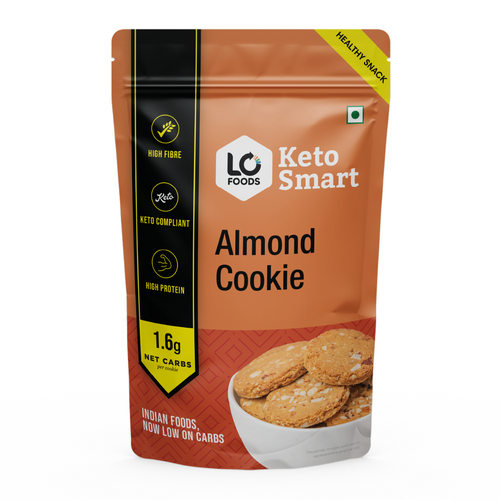
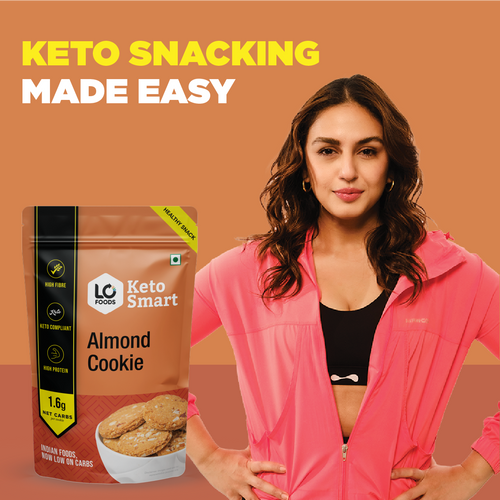




Leave a comment
Your email address will not be published.